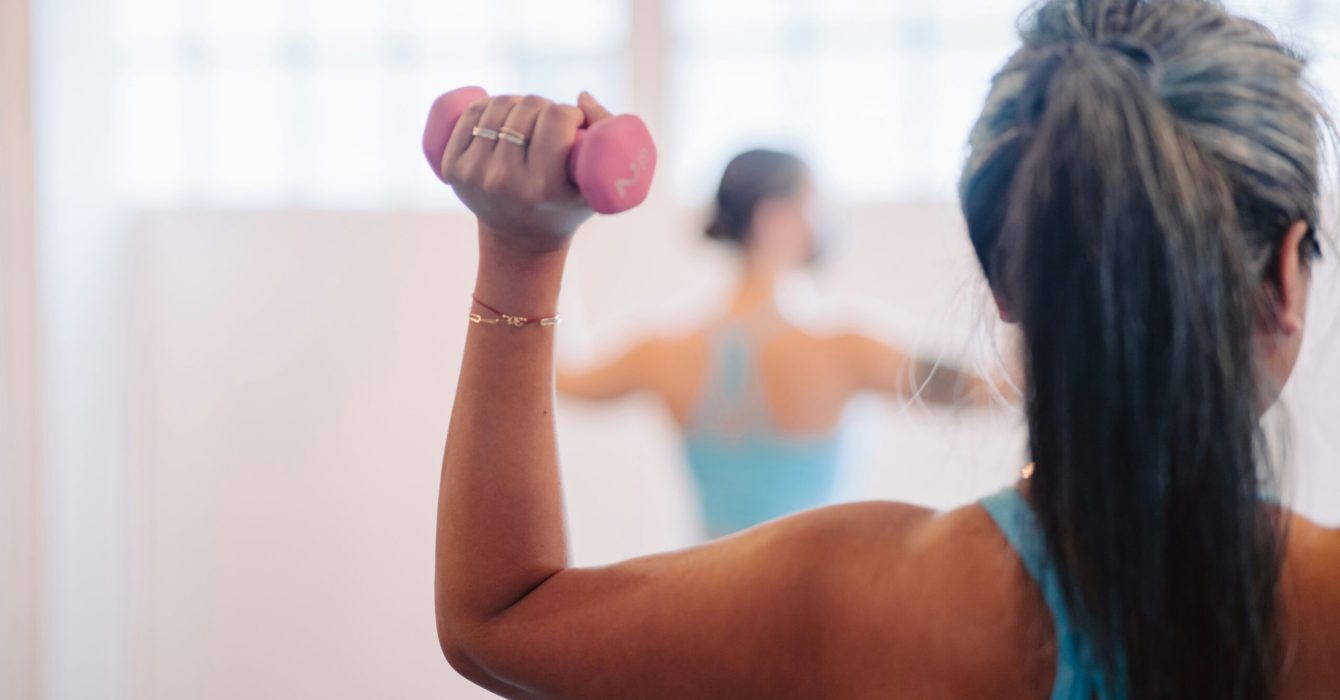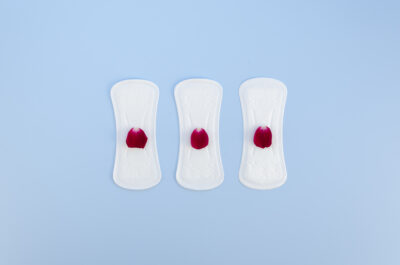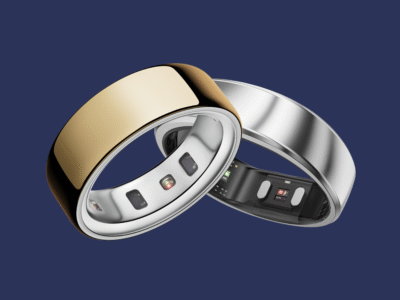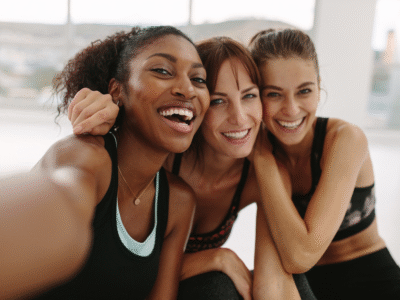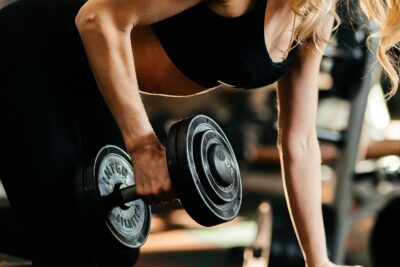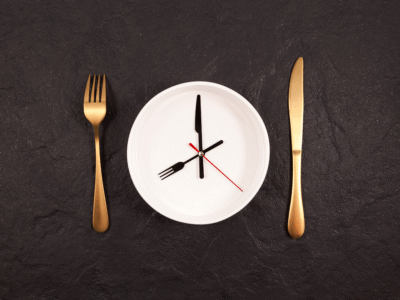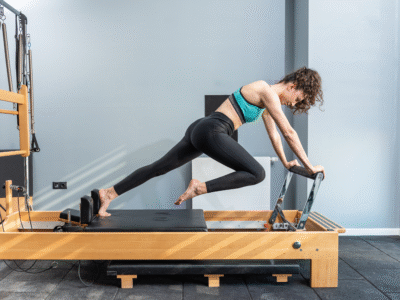Menstruating women go through four hormonal stages during their cycle. By varying exercise styles, it’s possible to hack your hormones and stick to your fitness goals.
Across the menstrual cycle, there are four different phases characterised by different hormonal profiles. As hormones peak and trough, energy levels, motivation and muscle adaptation, change too. Knowing your cycle can help you figure out the best times of the month to exercise — and at what level of intensity.

Knowing which workouts suit what’s happening chemically within your body can enable you to optimise training for maximum impact. You can improve hormone imbalances, boost energy levels, reduce PMT and provide more efficient fitness gains by working with an understanding of your cycle.
Looking specifically at fitness, knowing your cycle can help you identify the best times of the month to go hard, and, conversely, when to focus on recovering. It can also inform you as to what you should be eating and how you should be hydrating across your cycle to feel good and train smarter. Beyond training, you can use these principles to highlight when you’ll have the most energy and confidence, and to learn how to boost mood if your hormonal profile is less skewed to give you that naturally. Every menstruating woman is different, and their hormonal profiles and period symptoms are different, so mapping your cycle will help you learn how to manage it within fitness and in life.
What happens during each stage of your period:
The period phase
When you’re on your period, oestrogen and progesterone are low, so your hormones aren’t doing very much. What is having an effect, however, are chemicals called prostaglandins, which can cause cramping, pain, inflammation and unpleasant gastro symptoms like diarrhoea and nausea. Other symptoms are headaches, heavy legs and fatigue, which can be a result of dehydration or low iron levels. Whether it’s a light yoga session, low-intensity steady state (LISS) or a walk, moving can helplift your mood, even if you’re tired or in pain. When you exercise your body increases levels of endorphins — feel-good hormones. These can lift your mood and are known as nature’s painkiller.

The follicular phase
During this phase, your oestrogen levels rise significantly as you prepare for ovulation. High oestrogen levels make you feel more motivated, outgoing and confident, and you may feel more able to tackle challenging problems. When it comes to your fitness, studies show stacking your resistance and strength training in this phase, then easing off in the next phase, produces better gains. To make the most of this, you should focus on more intense sessions, such as high intensity internal training (HIIT) or weight lifting workouts, with regular rest days to allow your muscles to build back stronger. Around the time of ovulation, you also get a teeny spike of testosterone. It’s very small, but — according to research — because women don’t have much, this can be a sweet spot for reaching a new personal best.
The luteal phase
The big hormone player at this point in your cycle is progesterone, which is known for its calming, anti-anxiety effect. As it rises to its peak, oestrogen is also making an appearance, albeit at lower levels than in the first half of the cycle. A change in hormones means your metabolism shifts to preferring to use fat for fuel, instead of carbs. The knock-on effect is that you may feel more comfortable doing steady-state, endurance-style exercise. To make the most of this fat-burning efficiency, your training should focus on workouts that keep you moving while maintaining your heart rate — these could include things like cycling, running, swimming and power yoga. You shouldn’t cut out high-intensity sessions completely, but you should up your proportion of steady-state sessions versus the high-intensity or strength-based ones.
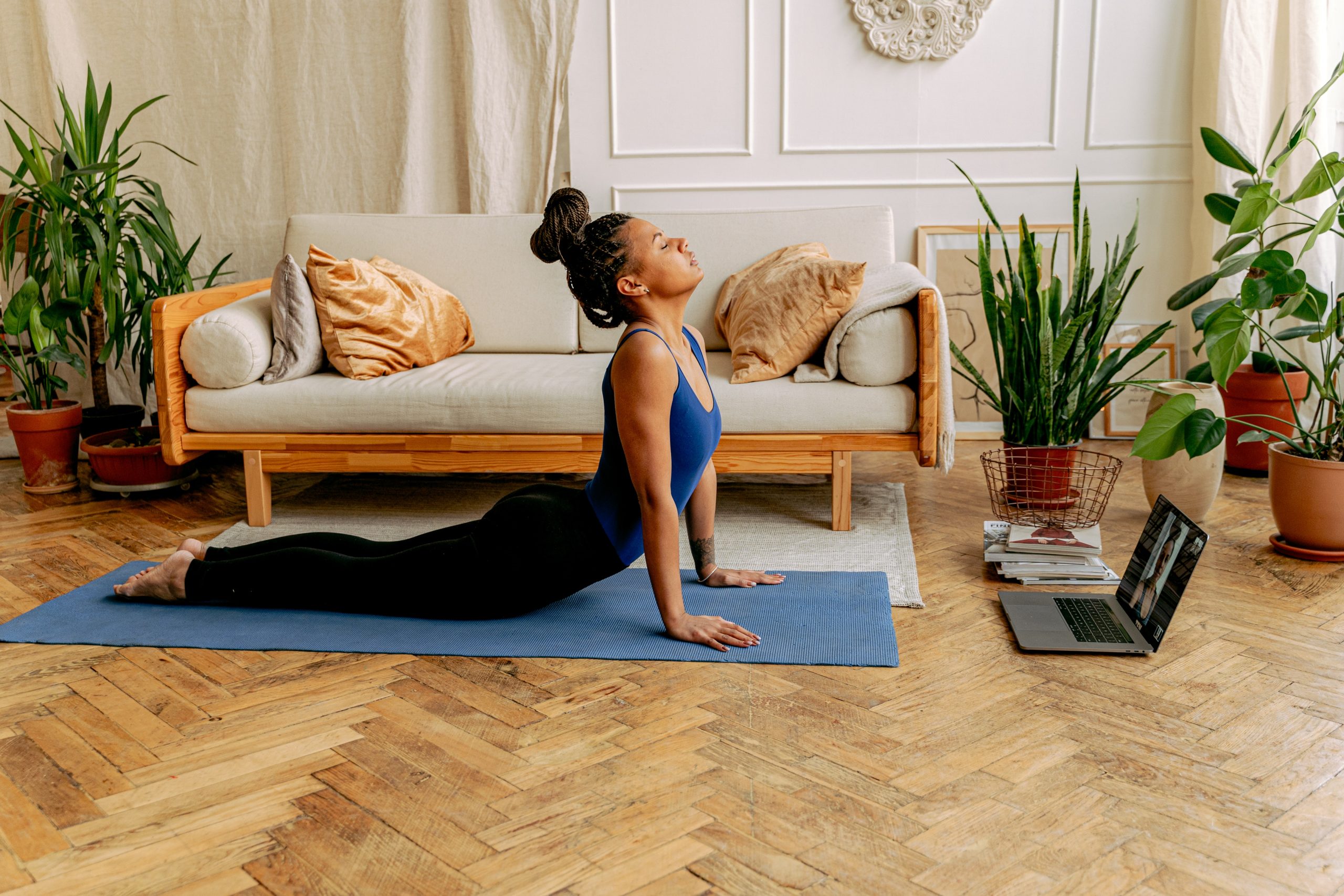
The premenstrual phase
At this stage menstruating women experience a huge drop of oestrogen and progesterone, often resulting in mood swings, sore boobs, fatigue, anxiety and bloating. The best way to describe it is by comparing it to caffeine withdrawal symptoms. There are going to be side effects. If you do experience negative symptoms, the good news is that there are things you can do. In a recent study carried out on women aged 18-25 over an eight-week period, those who exercised regularly noticed a significant reduction in PMS symptoms. In fact, the results were so impressive that exercise can now be used as a treatment for PMS. Importantly, there’s no pressure to go hard and max out on those burpees. A review of 17 studies that looked at the impact of exercise on PMS suggested that it’s not the type of exercise but the regularity that can be beneficial for both physical and psychological symptoms. The takeaway from all the work I’ve done over the years is moving can help, even if you feel bloated or tired, a small amount of activity will make you feel better both physically and emotionally.
Written by Dr Emma Ross, a physiologist and women’s health specialist working on Jennis — the fitness app created by former Olympic athlete Dame Jessica Ennis-Hill. It lets women use the CycleMapping feature to train according to their menstrual cycle. £9.99 a month.

